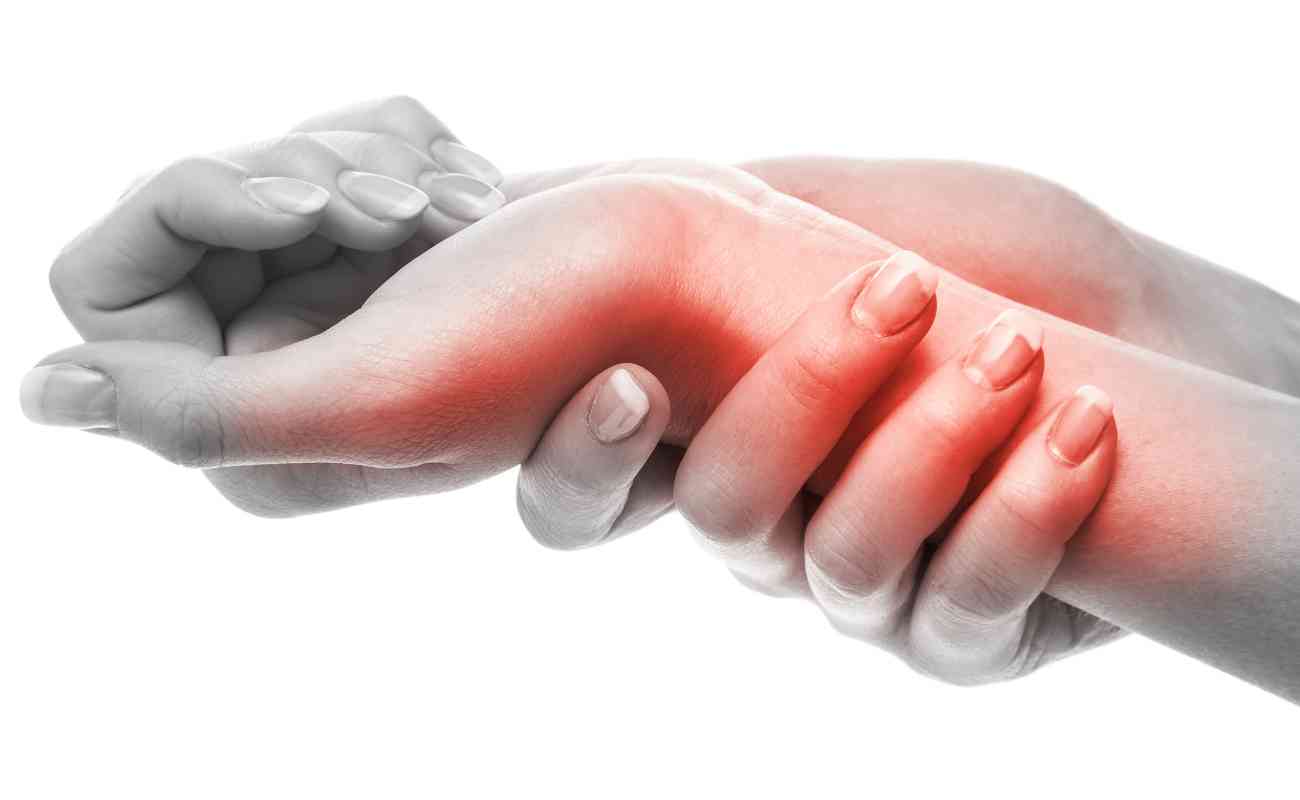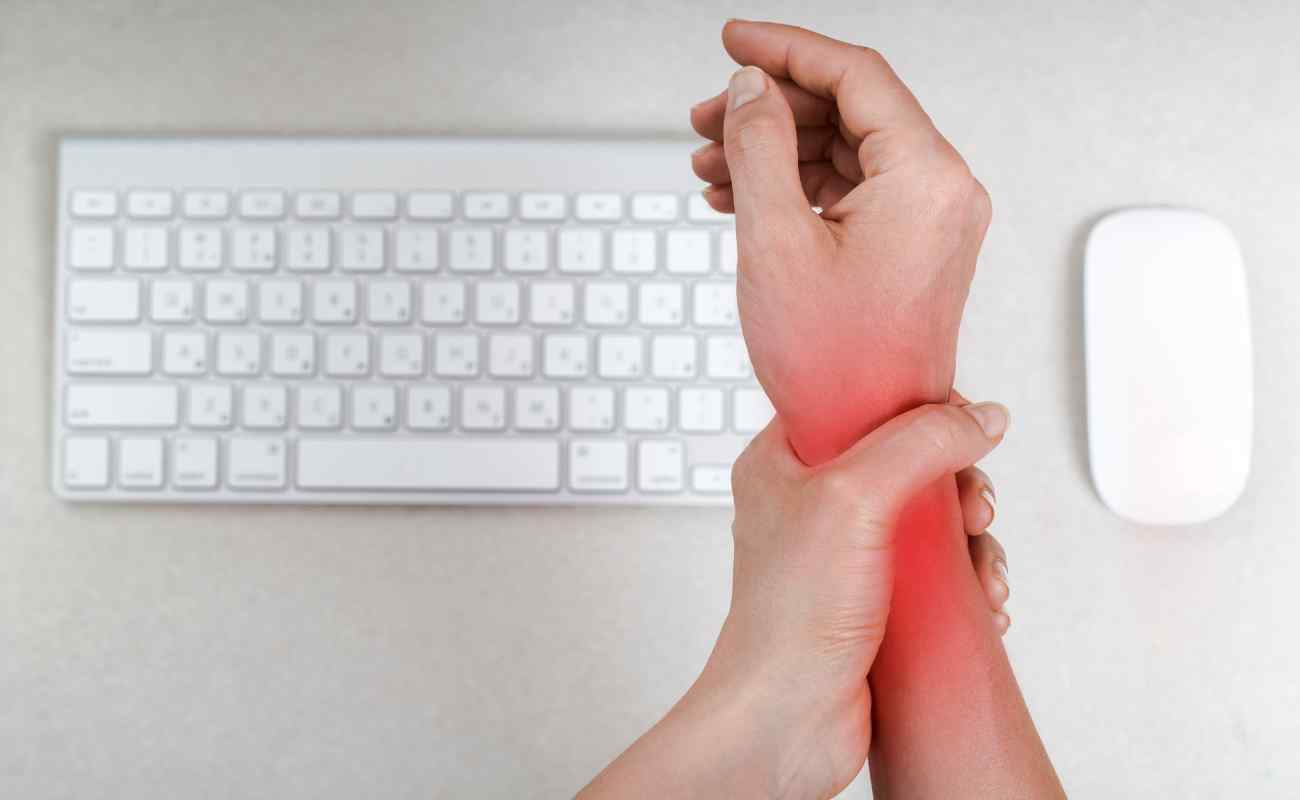
Triangular Fibrocartilage Complex (TFCC) Tear
TFCC is a cartilage located in the wrist at the side of a small finger that acts as cushion and support for carpal bones of the hand. It is a major ligamentous stabilizer of distal radioulnar joints and the ulnar carpus. It also keeps the forearm bones stable with movements of grasp and rotation. An injury or tear to the TFCC can cause chronic wrist pain. Note that practitioners often misdiagnose it due to its close relationship with other structures in the area.
TYPES OF TFCC tears
There are two types of TFCC tears.
- Type 1 tears are traumatic tears. Falling on an outstretched hand and excessive arm rotation are the most common causes.
- Type 2 TFCC tears are degenerative or chronic. They can occur over time and with age. The degenerative process wears the cartilage down over time. Degenerative tears mostly appear after the age of 50. Some inflammatory disorders, such as rheumatoid arthritis or gout, may also contribute to Type 2 TFCC tears.
SYMPTOMS
Symptoms include:
- Pain, at the base of small finger side of the wrist
- Pain worsens as the wrist is bent from side to side
- Swelling in the wrist
- Painful clicking in the wrist
- Loss of grip strength
DIAGNOSIS
The wrist should be carefully examined to rule out TFCC. An X-ray may be required depending on the severity of pain and inflammation to check for fractures and other abnormalities. The most reliable imaging test is an MRI, which allows doctors to inspect the tissue and cartilage to see the extent of the injury.
TREATMENT
Non-surgical treatment options include:
- Splint or cast
- Anti-inflammatory medication, such as ibuprofen
- Cortisone injection
- Physiotherapy
Surgical treatment options include:
Surgery is generally needed for those tears that don’t heal or respond to the conservative treatment. This can be performed arthroscopically through limited incisions. Recovery is several weeks in a cast or splint. Therefore, post surgical rehab usually requires physiotherapy to get the wrist back to full function.
Immediate Help through Physiotherapy for Triangular Fibrocartilage Complex tear:
Have you been having clicking or popping while turning the forearm or moving the wrist from side to side? Have you been experiencing aching pain in wrist while moving the hand? Or is it more like weakness of the wrist or hand? Experiencing limited motion in your wrist or forehand?
At Curezone Physiotherapy, our expert hand therapists aim to improve wrist strength and flexibility through targeted wrist stretches and customized wrist pain exercises to relieve wrist pain. If you are looking for the best physio NEAR ME to learn the exercises to eliminate wrist pain, look no further! We aim to be YOUR best physiotherapist in Mississauga and Oakville areas, and are here and ready to teach you the best exercises for wrist and hand pain.
We welcome you to call us or click below to book an appointment with one of our expert physiotherapists to let us immediately start assisting you in your road to recovery.
Mississauga:
Physiotherapy Clinic Mississauga – Curezone Physiotherapy, Heartland Mississauga.
Physiotherapy Clinic Erin Mills – Curezone Physiotherapy, Erin Mills Mississauga.
Oakville:
Physiotherapy Clinic Oakville – Curezone Physiotherapy, Burloak Oakville.




